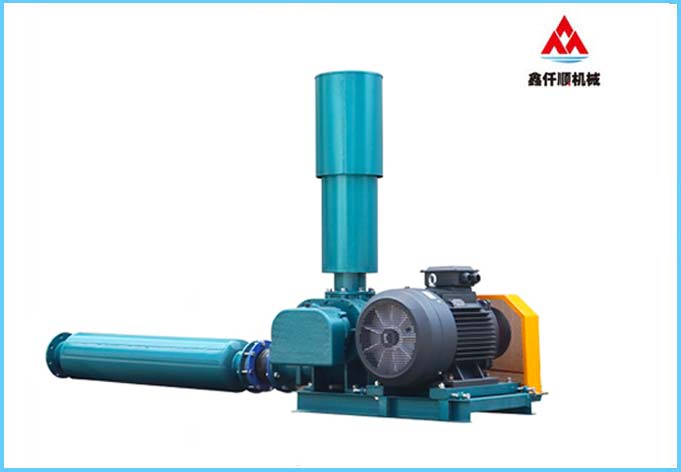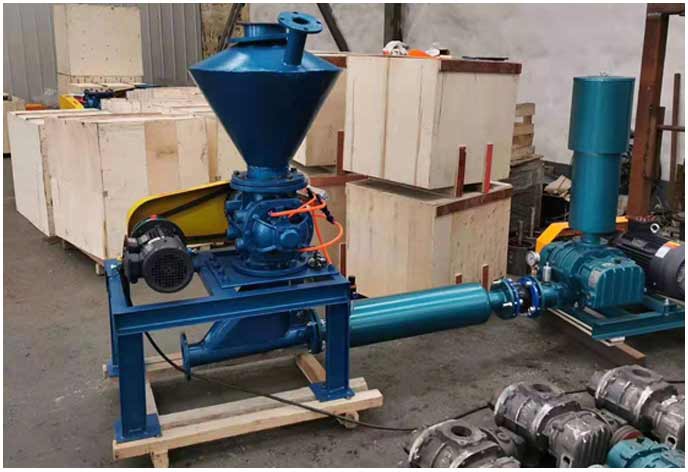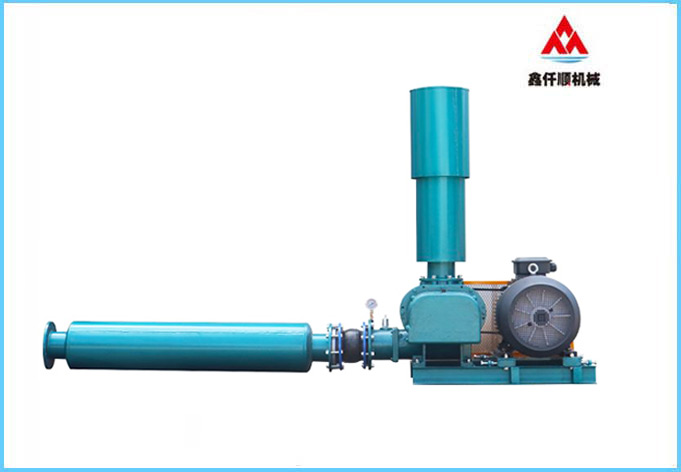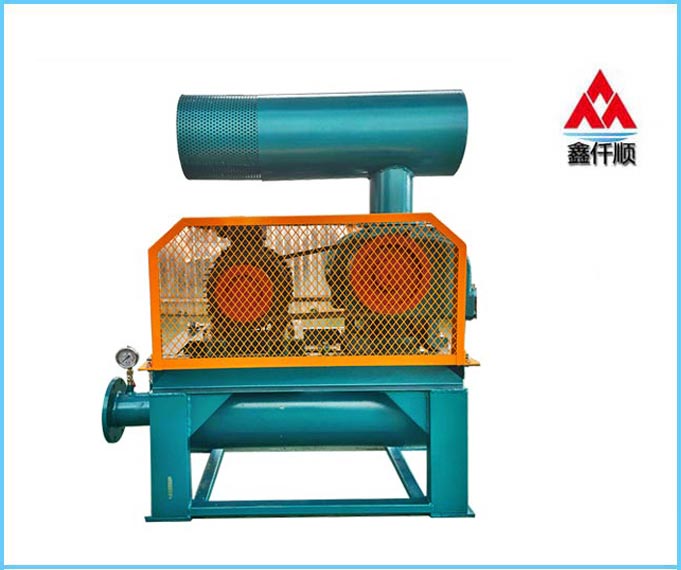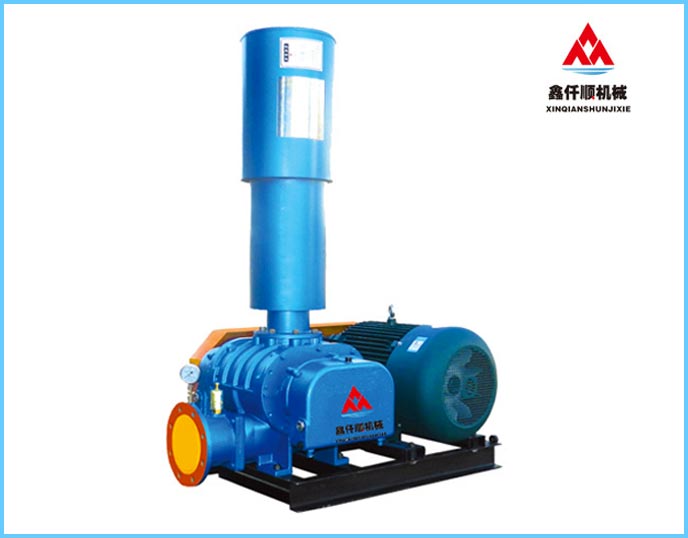How to select Roots blower for biological tank of sewage plant?
Source: Roots blower manufacturer
Published on: January 2, 2024
Hits:
Related information
-
What are the reasons for the tripping of Roots blower frequency converter? -
How to determine the exhaust pressure and water depth of Roots blower? -
What are the requirements of Roots blower for motor? -
Influence of Roots blower and introduction to cooling and maintenance in winter -
What are the characteristics of the three blade roots blower of the melt blown cloth machine? -
How to control the air volume of roots blower and the steps and methods of replacing filter element? -
How should Roots blower be selected? -
Installation method and piping of Roots blower -
How to maintain Roots blower? -
How does Roots blower aerate? How should I choose?
Xinqianshun's latest products
Random articles
-
Is Roots blower the same as blower? Answer from Roots blower manufacturer: -
What preparations should be made before starting Roots blower? -
What if the outlet of three leaf roots blower is blocked? -
Fine hole aeration effect of Luoguz fan for shrimp and crab pond aquaculture -
Analysis of the difference between three blade roots blower and roots vacuum pump: -
The rotary blower shall have good ventilation effect: -
How to maintain Roots blower? -
How to remove the bearing of Roots blower? -
How to cool roots blower? What are the cooling methods? -
How to control the noise of Roots blower
Latest news articles
-
How to repair the surface defects of Roots blower impeller? -
How to remove the bearing of Roots blower? -
What principles should be followed in the maintenance of three leaf roots blower? -
How to handle the wrong lubricating oil for Roots blower? -
Performance characteristics and maintenance of Roots blower for aquaculture -
How to select appropriate Roots blower aerator for aeration in aquaculture? -
What principles should be followed in the maintenance of three leaf roots blower? -
Notes on installation of safety valve of three blade roots blower -
What are the reasons for the tripping of Roots blower frequency converter? -
Introduction to the Main Causes of Abrasion of Three blade Roots Blower Impeller

